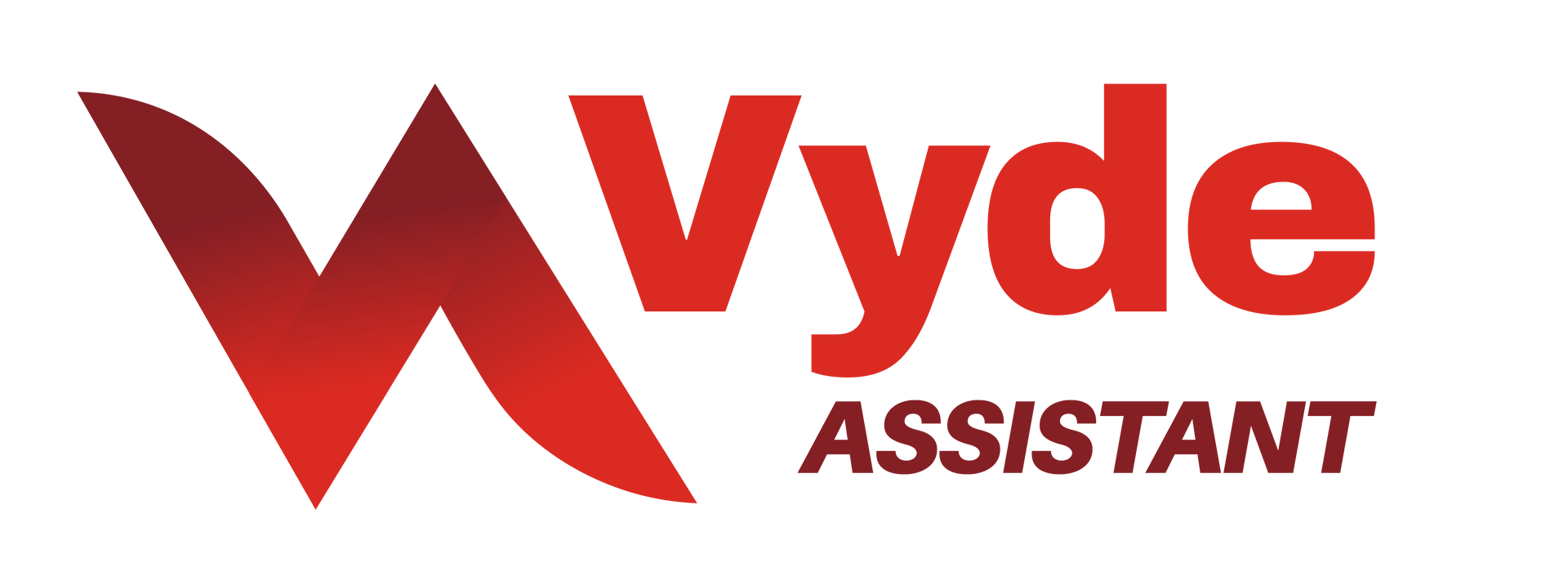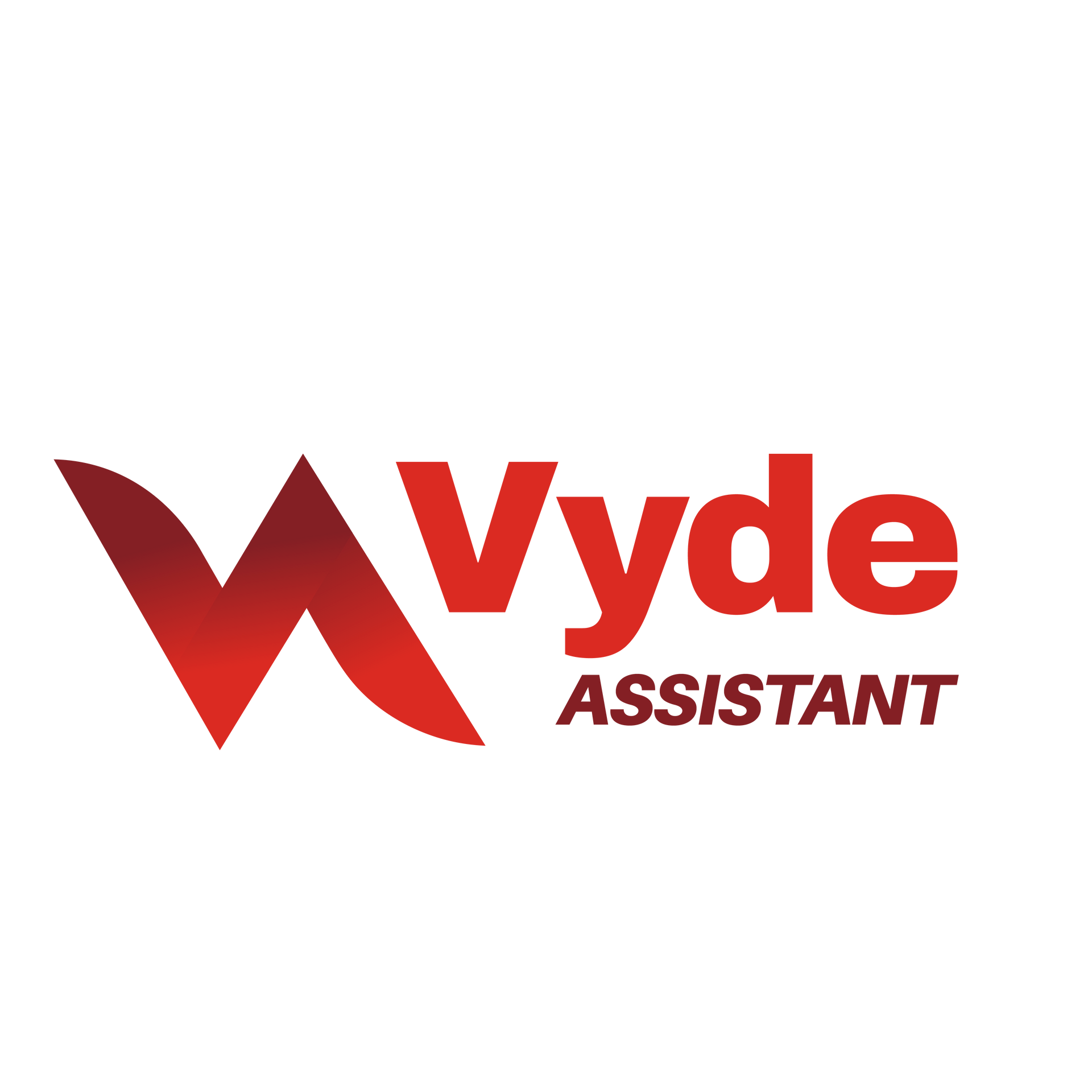VA Readiness Checklist: 7 Systems to Set Up Before You Hire
The Top Systems to Have in Place Before Hiring a VA
Hiring a Virtual Assistant can be game-changing, but only if you’re prepared to make it work.
We’ve seen it many times: a founder or business owner finally hires a VA, full of hope and relief… only to feel frustrated weeks later. Why? Because their systems were scattered, unclear, or nonexistent.
A great VA can save you time, reduce stress, and help you grow, but only when plugged into a structured process.
If you want your VA to thrive (and make your life easier, not harder), you don’t need a perfect playbook. You need just enough structure to get them started.
Let’s break it down.
Why Systems Matter
Most delegation fails not because of the person, but because of the process.
Even the most capable VA will struggle if they don’t know what you expect, how to access key tools, or where to find important files.
Think of your VA as a new hire who starts remote on Day One. Would they know what to do, how to do it, and where to find everything? That’s what simple systems solve.
The Core Systems to Have in Place
You don’t need an operations manual the size of a textbook. Just these five essential systems to get started:
1. Task Tracker
Use Jira, Trello, ClickUp, Notion, or even a shared Google Sheet.
- Assign tasks clearly
- Set due dates
- Prioritize what's urgent vs. optional
A VA without task visibility is a VA who waits around. Give them a tool to manage their workflow.
2. Communication Tool
Decide how you’ll stay in touch: Slack, WhatsApp, Teams, Text, or Email?
- Set response time expectations
- Decide what goes where (e.g., urgent tasks in Slack, updates in email)
This reduces micro-decisions and ensures nothing falls through the cracks.
3. Shared Calendar
Whether it’s Google Calendar or Outlook, your VA should have access to:
- Your schedule
- Team availability
- Booking tools (like Calendly or SavvyCal)
Let them handle reschedules, confirmations, and follow-ups without needing to ask each time.
4. Cloud Storage System
Dropbox, Google Drive, OneDrive. Pick one and stick with it.
- Organize folders by department or project
- Share editing access where needed
- Store templates and important docs in one place
If your VA has to ask where every file is, you’ll never save time.
5. Simple SOPs (Standard Operating Procedures)
This doesn’t mean writing a training manual. Just document:
- Repeating tasks (e.g., how to send weekly reports)
- Steps for communication (e.g., how to respond to client inquiries)
- Who approves what
You can screen record with Loom, write 5-step instructions, or just record a voice note. Keep it light but clear.
What If You Don’t Have Any of This Yet?
Good news: You don’t need to build everything before you hire a VA.
At Vyde Assistant, many of our clients start with nothing but an email and a few goals. We help them build light systems on the fly.
Our VAs are trained to:
- Ask the right questions
- Suggest tools
- Create SOPs as they work
- Improve processes (not just follow them)
The key is to start small and build forward. Delegation is a muscle. You don’t wait to be fit to go to the gym. You go so you can get strong.
The Bottom Line: Systems Create Simplicity
You don’t need complexity. You need clarity.
Set up a few smart systems, hire right, and you’ll unlock the real ROI of a Virtual Assistant: time, energy, and a business that runs smoother without you doing it all.
Want a copy of our VA Readiness Checklist? It includes the 7 must-have items to delegate with confidence from day one.











